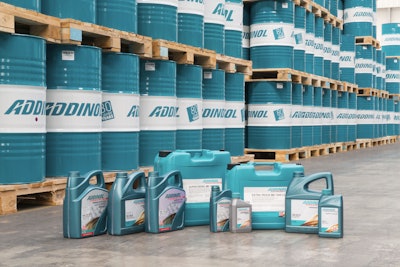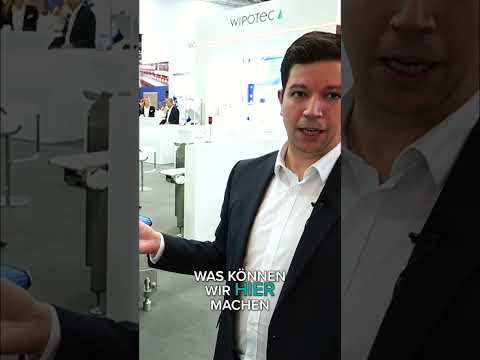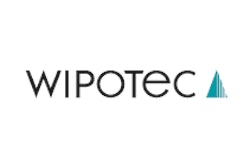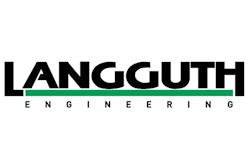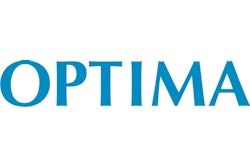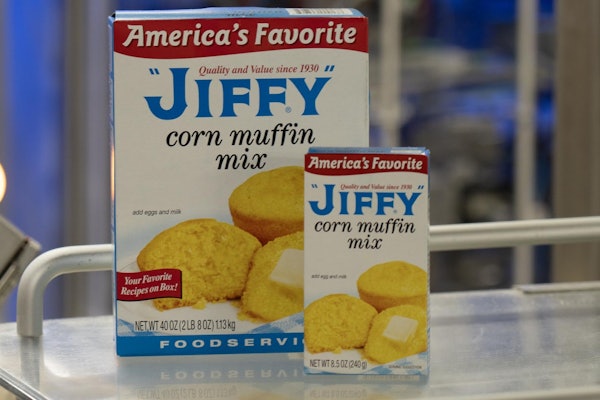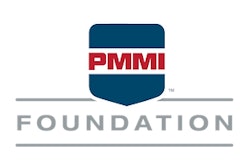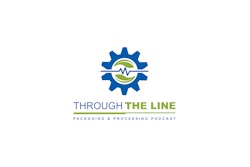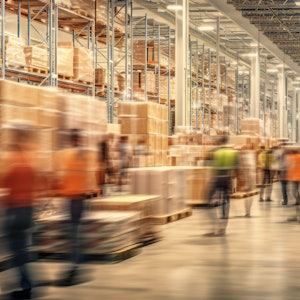Even at an automotive and industrial lubrication manufacturer, not everything runs smoothly. A little over two years ago, Leuna, Germany-based Addinol wanted to increase its product and format range. Its existing filling machine, installed in 2006, had not only reached its maximum capacity, but it was also limited in its ability to handle new formats and sizes greater than 5 L. These two issues pointed Addinol executives toward a new investment. The only problem: Where to place a new machine?
Floor space is extremely limited in Addinol’s manufacturing hall—just 39 x 66 sq ft for both an IBC line and a rigid container line—and a building expansion was not an option. In order for the company to move ahead with the project, the new system had to fit into the existing space. The team’s initial thought was to simply replace the existing machine. But a visit to the Optima booth during the Fachpack 2013 trade show in Nuremberg, Germany, uncovered an opportunity to combine two filling machines—the existing filler and a new one—in a dual-lane solution that would supply a single capping machine in dual-lane execution. This would effectively double the line’s capacity and expand the container range that could be processed.
Although Optima had supplied Addinol with its existing SF-Vision filling machine, Siegmar Minke, Head of Purchasing, Production and Logistics at Addinol, still wanted to get a market overview and investigate solutions from other possible vendors. After evaluating other options, he found Optima to be the best supplier for the project. “We know what is possible, especially in the service area. This was the deciding factor,” he says. Minke also adds that he had confidence in Optima’s intelligent machine design.
Well tested
The final layout of the two lines that meet at the double-laned closing machine was created in close cooperation with Optima and allows Addinol to fill a new 20,000-mL size, in addition to existing 1,000-, 4,000-, and 5,000-mL sizes. Only the existing starwheel closing machine had to be eliminated for the new concept. The project engineers were able to find the perfect solution to fit in the existing space while maintaining easy access to the machine.
From above, the line has the outline of a “crab” where each “claw” indicates the placement location for the containers. This outline gave the project its internal name: “project crab.” The existing conveyors were modified to fit the dual-lane upgrade. Bottles are loaded by layers onto a buffer table where they are manually pushed onto the main transport conveyor by the operators, who are supported by a lifting device.
The new line is anchored by an Optima SHF-4 filling machine, which fills various oils by way of a rotary piston pump system. As containers are transported through the filling machine, a drip tray indexes under the filling nozzles to catch any drop of product that may hang from the closable nozzle ends to prevent contamination of the machine.
The second piece of equipment in the system is the new linear closing machine. The Optima KVG is a dual-lane design built as a single-frame capping machine capable of processing containers ranging in size from 1- to 25-L. The closures are sorted and transferred from two separate cap unscrambling hoppers with elevators, then the caps are placed on the containers and screwed-on. During the closing process, the containers are continuously transported. According to Optima, there are two advantages to this continuous process: First, it prevents spillage from intermittent transporting of the bottles; second, the machine reaches an output of up to 2,000 containers/hr with 1-L containers (both lines reach an output up to 4,000/hr). The new line, handling 20-L containers, operates at speeds to 200/hr.
For the new line, a selfLAN pressure-sensitive labeler from Langguth with three label dispensing stations follows. Two checkweighers from Wipotec-OCS control the contents of the containers and ensure that any underweight packages are rejected. The last station comprises four printers/coders that print specific information such as batch numbers, day/lot codes, etc.
One highlight of the line is the wireless data transfer to the four printers for the containers and carton labels. This technology was integrated by Optima and Videojet. The process prevents transfer errors, for example, transposed numbers, and also accelerates the input process compared to the past manual versions. One scan, one push of a button, followed by a beep, and the data is transferred to all applicable components.
After labeling and printing, the containers are transported to a previously installed semi-automatic case packer and then to an existing palletizer.
Design and installation challenges
One special challenge of the project was that Addinol was in the process of a package component redesign effort during the purchase of the machine. This included a closure especially designed for Addinol for the 1-L container. This meant Optima had to design and build the machine with very few containers, closures, or labels.
Production samples were first made available for the machine’s internal check-out, just before the Factory Acceptance Test. “This was very challenging for both sides and created enormous pressure for us,” says Minke.
Therefore, the fine adjustments took place much later than usual, and several adjustments and optimizations were made during installation. However, Minke notes, since the startup process was completed in August 2016, Addinol’s operators have been very happy with the machine.
Another challenge was installation of the equipment at Addinol’s site. “We executed the entire project live,” says Minke. This meant the installation had to be completed while the existing line remained in production. First, the existing line was disassembled and relocated to its new location and then restarted to produce product in a transitional mode. Next, the new line was installed, and then the “old” machine was integrated into the new concept. The production interruption was scheduled for a maximum of six days.
Gladly turnkey
Addinol wanted a continuous, reliable solution from one supplier that would plan and implement the new line from A to Z with all its functions. At the same time, proven components such as printers from a specified supplier had to be incorporated.
Of the project, Minke concludes, “We achieved the objective we had in mind. If needed, we can add formats between 0.5-liter and 25-liter fill volumes at a later date. Today we are able to run different formats on the line. This means different fill volumes, and the new and the ‘old’ containers can be run on the machine. If we have a new container design, we definitely will be more flexible and faster to implement it.”
